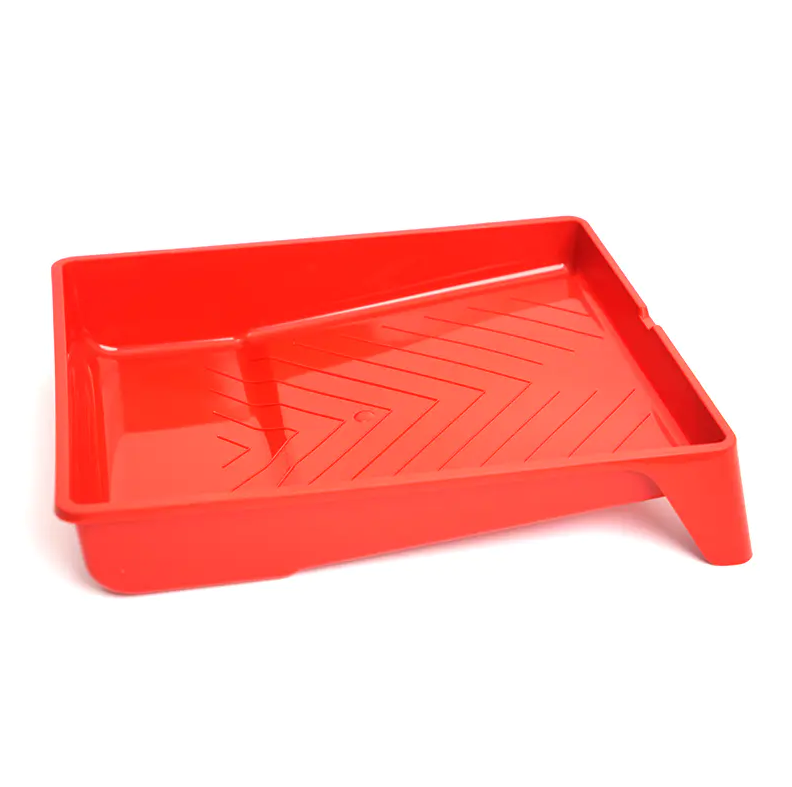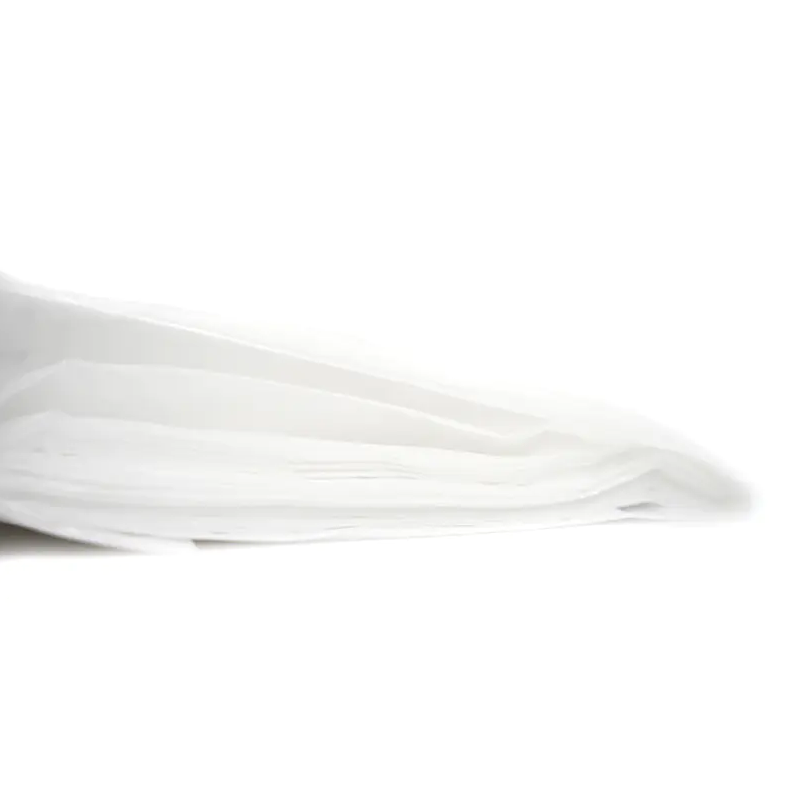When choosing a Paint Brush Plastic Handle, you need to consider several factors to ensure your tool meets specific job requirements, improves work efficiency, and extends its lifespan.
The plastic handle is a core component of a Paint Brush Plastic Handle, and its material and design directly impact the user experience and operating comfort.
Material Selection: Plastic handles are typically lightweight, corrosion-resistant, and moisture-resistant, making them suitable for use in humid or outdoor environments. Some high-end products may use composite materials or thicker plastic for enhanced grip stability and durability.
Ergonomic Design: Some plastic handles feature ergonomic features such as a non-slip grip surface, non-slip pads, or a thicker grip to reduce hand fatigue and enhance operating comfort.
Comparison with Other Materials: Compared to wooden or metal handles, plastic handles are lighter, but they may wear or become brittle over time and require careful maintenance.
The bristles are the core component of a paint brush, and their material and structure directly impact the painting effect and application scenarios.
1. Bristle Material:
Natural hair, such as animal hair (horsehair and pig bristle), is suitable for oil-based paints and varnishes, offering excellent paint absorption and elasticity.
Synthetic fibers, such as nylon and polyester, are suitable for water-based paints and latex paints, offering advantages such as wear resistance, resistance to deformation, and easy cleaning.
Mixed bristles: Some products utilize a blend of natural and synthetic fibers to meet different painting needs.
2. Bristle Structure:
Length and Shape: Short, stiff bristles are suitable for delicate work (such as corners and details), while long, soft bristles are suitable for large areas.
Bristle Shape: Some brushes are designed with bristles that are longer in the middle and shorter at the sides, making them easier to apply to corners and edges.
When choosing a paintbrush, consider the specific application:
For delicate work, such as woodworking, model making, and fine painting, short, stiff bristles with a small handle are recommended.
For painting large areas, such as walls, floors, and furniture, it's recommended to choose a brush with long, soft bristles and an extended handle.
For special environments, such as those exposed to humidity, heat, and corrosive environments, it's recommended to choose a corrosion-resistant and heat-resistant plastic handle with synthetic bristles.
Plastic-handled paint brushes offer excellent durability in many areas, but they also have certain limitations.
Advantages:
Lightweight and moisture-resistant: Plastic is lightweight and impervious to moisture and heat, making it suitable for use in humid or outdoor environments.
Corrosion Resistance: Compared to wooden handles, plastic handles are more corrosion-resistant and less susceptible to damage from acids, bases, or solvents.
Durability: Plastic inherently resists wear and tear, making it suitable for everyday use, especially for frequent use or light-duty applications.
Limitations:
Susceptibility to wear and tear: Plastic handles may wear or deform due to friction or impact after prolonged use or high-load applications.
Embrittiness: Plastic may become brittle in extreme temperatures or after prolonged exposure to UV radiation, shortening its lifespan.
High-temperature resistance: Some plastic materials may deform or soften at high temperatures and are not suitable for use in high-temperature environments.
To extend the life of paint brushes with plastic handles, the following maintenance measures are recommended:
Cleaning after use:
Immediately rinse the bristles and handle with clean water after use to prevent paint from drying and clogging the bristles, affecting the next use.
For oil-based or water-based paints, special cleaning agents or solvents can be used for cleaning, but be careful to avoid using highly corrosive solvents.
Regular inspection and maintenance:
Regularly inspect the handle and bristles for wear. If the bristles are severely worn or the handle is deformed, replace or repair them promptly.
Plastic handles can be treated with rust-proof or moisture-proof treatments to extend their life.
Avoid extreme operating environments:
Avoid prolonged immersion in water or strong solvents, and avoid use in high or low temperature environments.
Avoid use in high-load or high-frequency operations to reduce the risk of wear and damage.



 Español
Español







